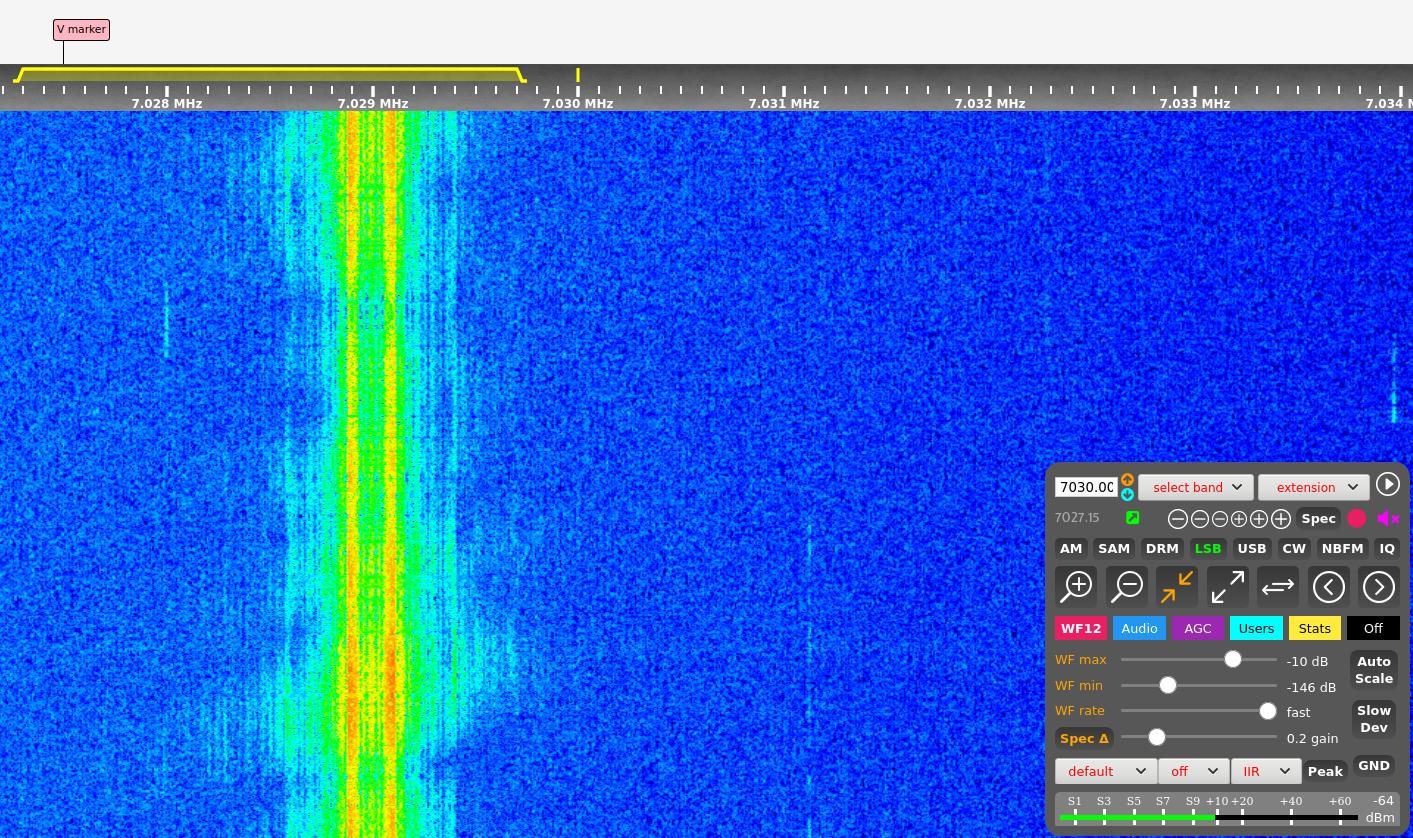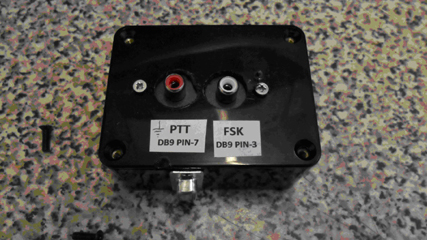
A couple of us in VK run these for contesting. Once you have mastered that, then you have the goal to master a multi-head N1MM system. Using both you could usually do better than receiving with only fldigi. I also found that I had better success if I had running in parallel a program called GRITTY which uses a different way to decode the signals. The better your decoder the better the chance of working the few rare RTTY stations that are there these days. Unlike a few years ago when RTTY was still the dominant digital mode you hear very few RTTY signals these days (and the world is poorer for it IMHO). Trent is right too – flDigi’s RTTY decoder is not the most sensitive. I worked VK0EK on 40m RTTY this way when they were on Heard Island in 2016 with about 70W on my TS690.

Provided I had the Mark/Space sense set the right way so that Mark appeared as the high tone in someone’s LSB receiver it would still work (and as long as my receiver was set to do the inversion if requirted). When I first started with RTTY I was using FlDigi in USB mode.

If you are not careful you can end up with your station transmitting in one polarity and receiving in another and you end up never copying anything or you copy everything but no one can decode you. However, here is where it can get messed up. RTTY is usually run in LSB mode on all bands and most software expects it that way – BUT it can run in USB at your station if you set the Mark/Space polarity the right way round.


 0 kommentar(er)
0 kommentar(er)
